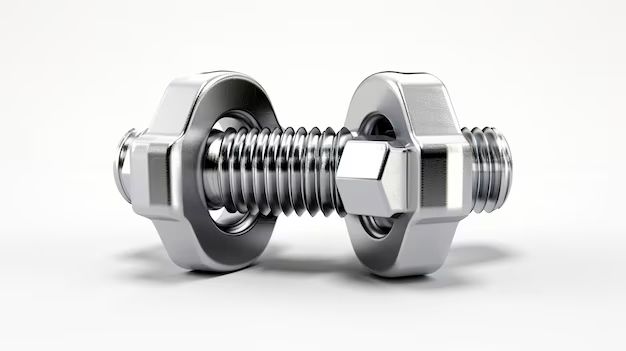Studs and lug nuts are two types of fasteners used to secure wheels to vehicles. Though they serve a similar purpose, there are some key differences between studs and lug nuts that affect how they are used.
Page Contents
What are Studs?
Studs are bolt-like fasteners that are threaded on one end and have a flange on the other end. The threaded end sticks through a hole in the wheel hub or brake drum. A lug nut is then threaded onto each stud protruding through the wheel to secure the wheel in place.
Studs are permanently attached to the wheel hub or brake drum on the vehicle. They do not come off with the wheel. The wheel is mounted by placing it over the protruding studs and then securing it with lug nuts. This makes removing and installing wheels quicker since the studs stay in place.
Advantages of Studs
- Faster to change a tire or swap wheels since studs remain fixed to the hub
- Studs are unlikely to vibrate or work loose over time
- Provide more consistent clamping force when tightened
Disadvantages of Studs
- Entire hub or brake drum must be replaced if studs are damaged
- Slightly more difficult to install initially
What are Lug Nuts?
Lug nuts are threaded fasteners that screw directly onto the wheel hub to secure the wheel. They have a hexagonal or spline-drive head on the outside and coarse threads on the inside that engage with matching threads on the wheel hub.
Lug nuts must be completely removed to take the wheel off. They come pre-installed on new vehicles but are also sold as replacement parts. Each wheel typically uses 4-5 lug nuts to keep it firmly attached to the hub.
Advantages of Lug Nuts
- Easier to replace damaged or worn out lug nuts
- Allow for more flexibility in wheel styles and sizes
- Do not require hubs or drums to be replaced if damaged
Disadvantages of Lug Nuts
- Take longer to change a tire or swap wheels
- More prone to working loose over time
- Can lead to uneven clamping force if overtightened
Studs vs. Lug Nuts: Key Differences
While studs and lug nuts perform the same basic function, there are some notable differences between the two:
| Feature | Studs | Lug Nuts |
|---|---|---|
| Attachment Method | Permanently fixed to hub/drum | Screw directly onto hub threads |
| Wheel Installation | Quick – just align and thread on nuts | Slower – must screw on all lug nuts |
| Durability | Less prone to loosening over time | Can loosen and require re-tightening |
| Damage Replacement | Must replace entire hub/drum | Just replace individual lug nuts |
In summary:
- Studs are fixed permanently to the hub while lug nuts screw on and off.
- It’s faster to change wheels with studs since they stay attached to the car.
- Studs are less likely to loosen over time compared to lug nuts.
- If studs get damaged the whole hub must be replaced, but individual lug nuts can be easily replaced if needed.
When are Studs Used vs. Lug Nuts?
Studs tend to be standard equipment on many domestic passenger vehicles and light trucks. Some examples include:
- Ford F-150
- Chevy Silverado
- Dodge Ram
- Chrysler minivans
Performance cars and European luxury vehicles are more likely to use lug nuts instead of studs. Some examples include:
- BMW 3-Series
- Mercedes C-Class
- Audi A4
- Porsche 911
There are exceptions, but studs tend to be favored for everyday drivers while lug nuts have prevalence in higher-end import vehicles. Lug nuts allow for more flexibility in wheel diameters and offset to accommodate performance tires and rims.
Can Lug Nuts be Used on Studs?
You cannot directly substitute lug nuts for studs since they have different threading. However, you can use lug nut style wheel adapters that screw onto existing studs. These adapters convert the studs to lug nuts by providing threaded holes for regular lug nuts to screw into.
Lug nut adapters allow wheels meant for lug nut mounting to be installed on studded hubs. The wheel still secures with regular lug nuts, but the adapter provides the translation to work safely on studs.
Conclusion
While studs and lug nuts serve the same basic purpose of securing wheels, they have distinct differences in their method of attachment, speed of installation, and durability. Studs are fixed permanently to the hub while lug nuts screw on and off. Overall, studs provide faster wheel changes while lug nuts offer more flexibility.
The type of mounting method used can depend on the vehicle. Everyday cars and trucks tend to use studs for quicker tire changes and increased durability. High-performance imports are more likely to use lug nuts to accommodate larger diameter custom wheels and performance tires. Adapters can allow the use of lug nut wheels on studded hubs if desired.
